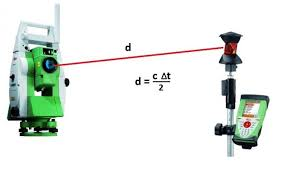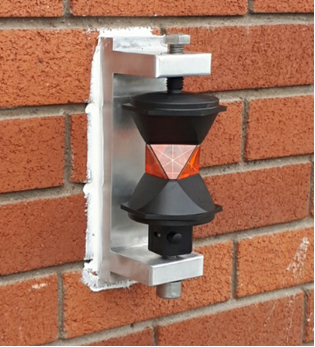Monitoring
As part of the impact monitoring process the BAM have a number of monitoring systems in place that are independently administered and monitored. The first is the collection of base line data on a number of houses adjacent to the site and deemed to be front line residences in terms of possible impact during the Site Preparation and a number of additional residences have been added to the original group as part of the Construction phase of the project.
The houses covered in the solid red line are the houses included in the original survey and the house covered in the lighter red are the houses added as part of the main construction phase.

As well as the base line data collected on houses, a series of monitors are located on the site boundary to collect information on dust and vibration/noise levels.
The requirement for Dust Monitoring on site is laid out in the Project Environmental Impact Statement (EIS) that would have been submitted as part of the Planning Permission for the project. A number of monitoring points around the perimeter of the site are used to record dust levels.
The monitors are examined monthly and the levels of dust recorded are compared to a dust limit of 350mg / m2 / day- Noise 70dB set out in the Project EIS. The monitoring points are monitored on a 'trigger level' basis - so if a predetermined level of dust/noise is exceeded the Main Contractor shall review work processes and modify as required to reduce the level of dust/noise generated.
The location and number of monitors may vary throughout the project depending on activities on site, the location of monitors/sensors are listed in each report below for the period of time being reported.
.jpg)
Please Note that the locations above are indicative locations, for the precise location of sensors/monitors, please check the actual report by date below.
Monitoring Reports made available to Residents
| |
||
April |
||
May |
||
June |
||
July |
||
August |
||
Sept |
||
Oct |
||
Nov |
||
Dec |
||
Jan 18 |
27th Feb 2018 | 7th March 2018 |
Feb 18 |
||
March 18 |
||
April 18 |
18th May 2018 | 23rd May 2018 |
May 18 |
21st June 18 | 21stJune 18 |
June 18 |
Initially there was a reluctance to make data available and eventually agreement was arrived at (Oct 2017) whereby Atkins, the residents technical advisors, are to receive data from the contractor to interrupt data and then present that data in a accessible format for the public and these reports are listed above.
Protocol :
"The RAG technical advisors, Atkins Global, are to receive data on Dust, Noise and Vibration at the end of each month and will be available here within a week."
See Reports arrival dates for what period HERE
Movement Monitoring November 2017
As part of the main building works, BAM is establishing a monitoring network around the site. This involves the placement of prisms (image below) on a number of selected properties located on the roads and streets in the vicinity. This network of prisms will provide a number of three dimensional monitoring reference points that will be regularly surveyed to check for any movement. These monitors are fixed to the wall using adhesive and access to a height will be by ladder. These monitors are surveyed by instruments on a regular basis from within the NCH site to determine if any movement is occurring. The measuring devices are being connected to a number of "control" house around the site.( More)


Construction and Demolition Protocols
Dublin City Council issued a protocol " To alleviate / mitigate the issues currently being raised by residents in the Docklands Area". The protocol occurred as a result on continuing breaking of agreements in relation to noise and dust and are based on protocols in London. It is now proposed that these protocols will apply to all inner city Dublin sites including the NCH site.
The protocols which are available HERE will certainly bring some comfort to residents in terms of what is and what is not acceptable practice. Obviously the adequate washing of wheels will have an immediate benefit but also the receiving of monitoring data every two rather than the four weeks currently in application on the NCH site (although in reality it is between 6 to 10 weeks which renders the results useless)